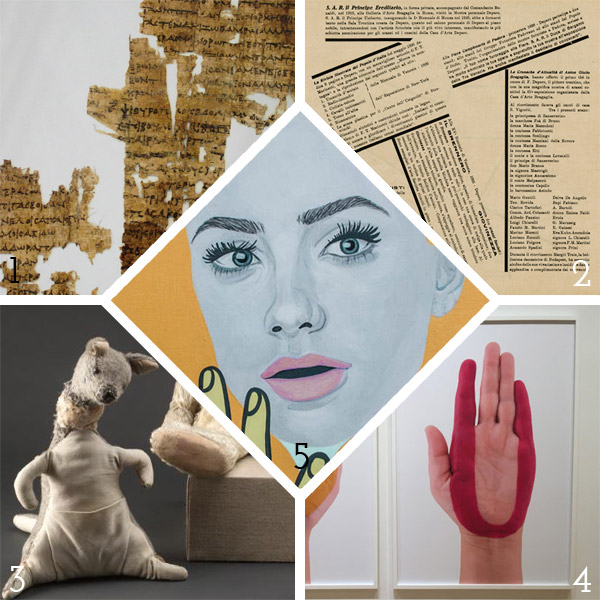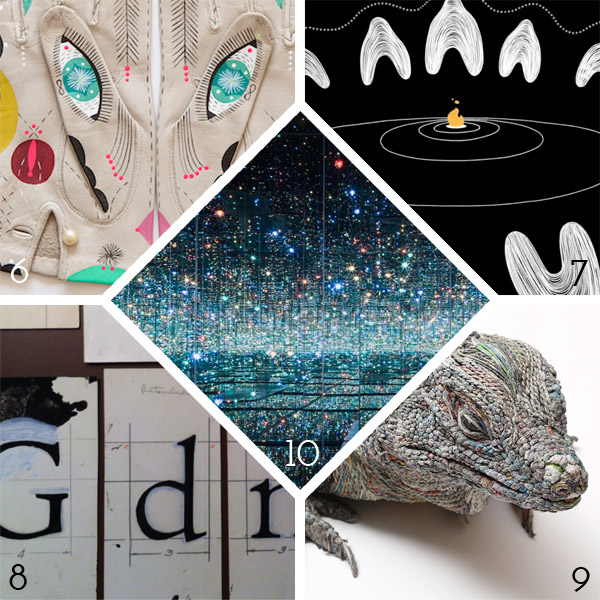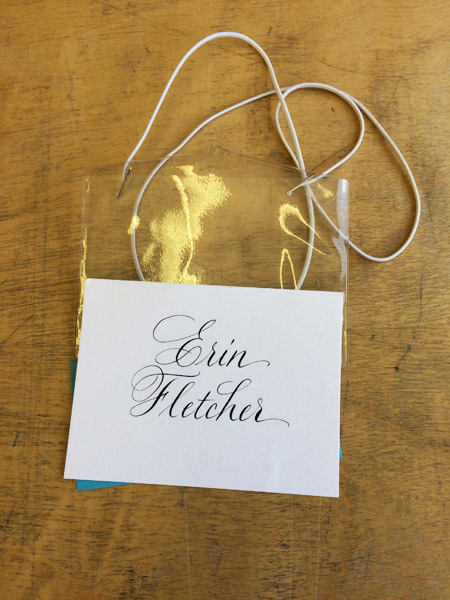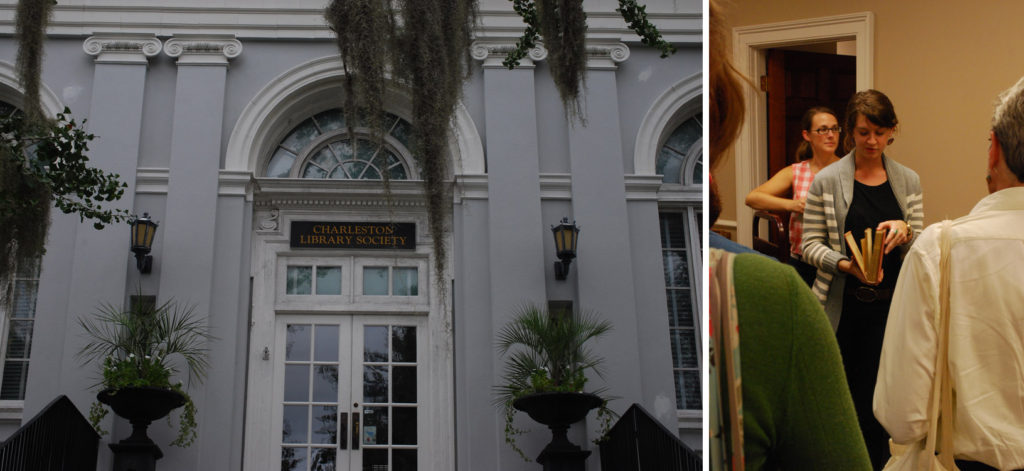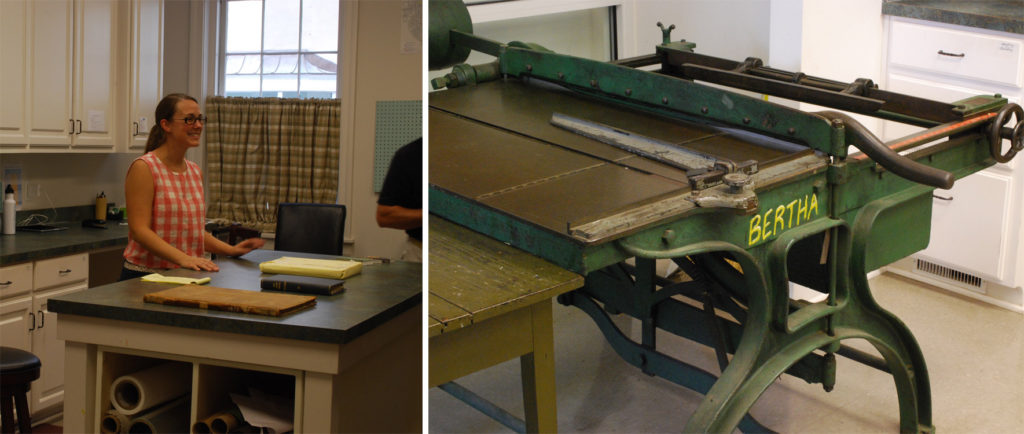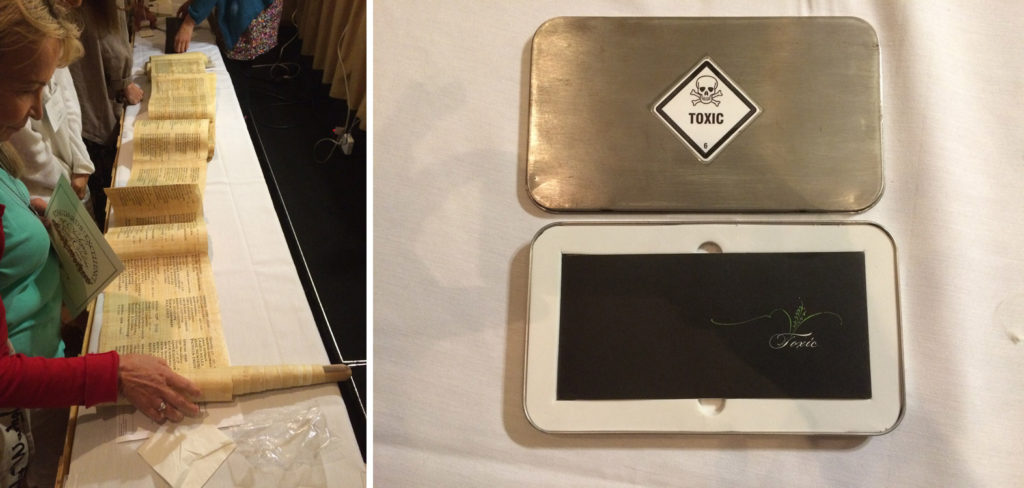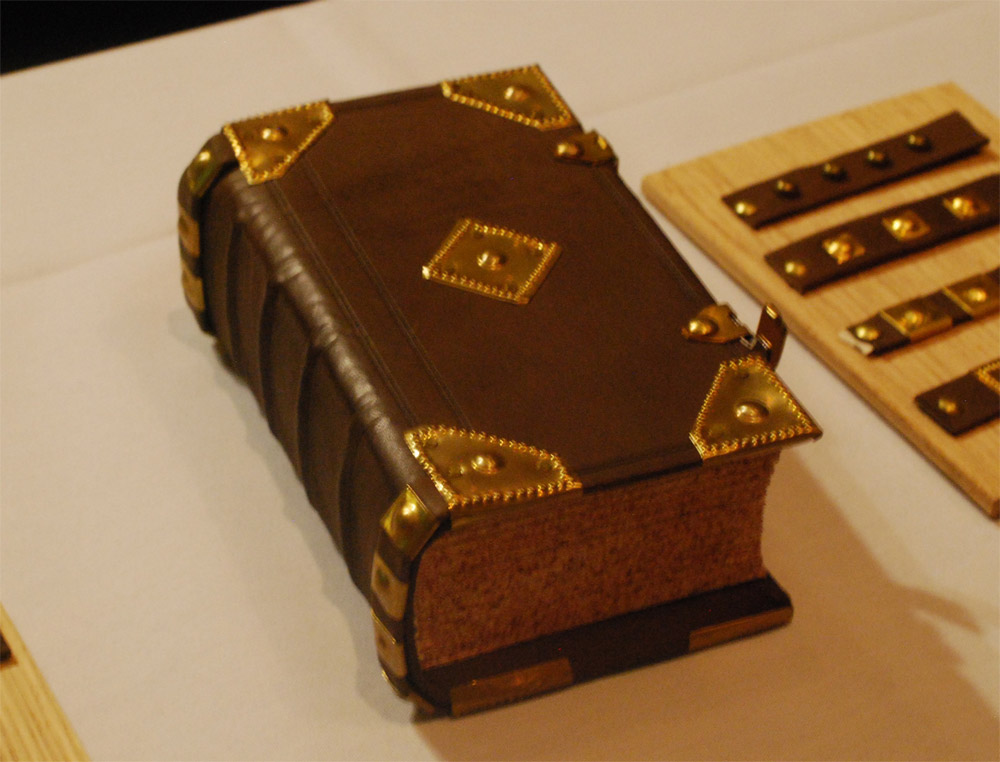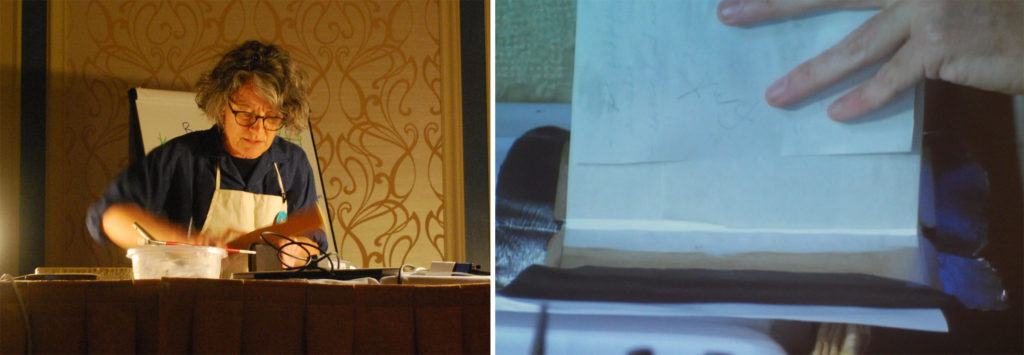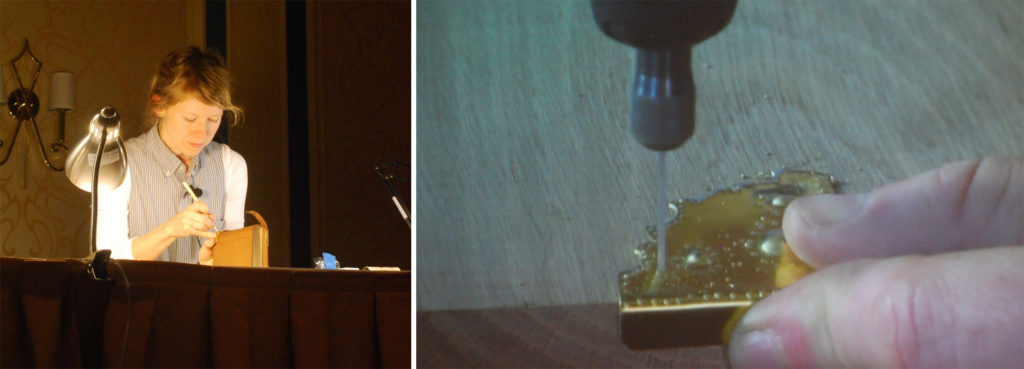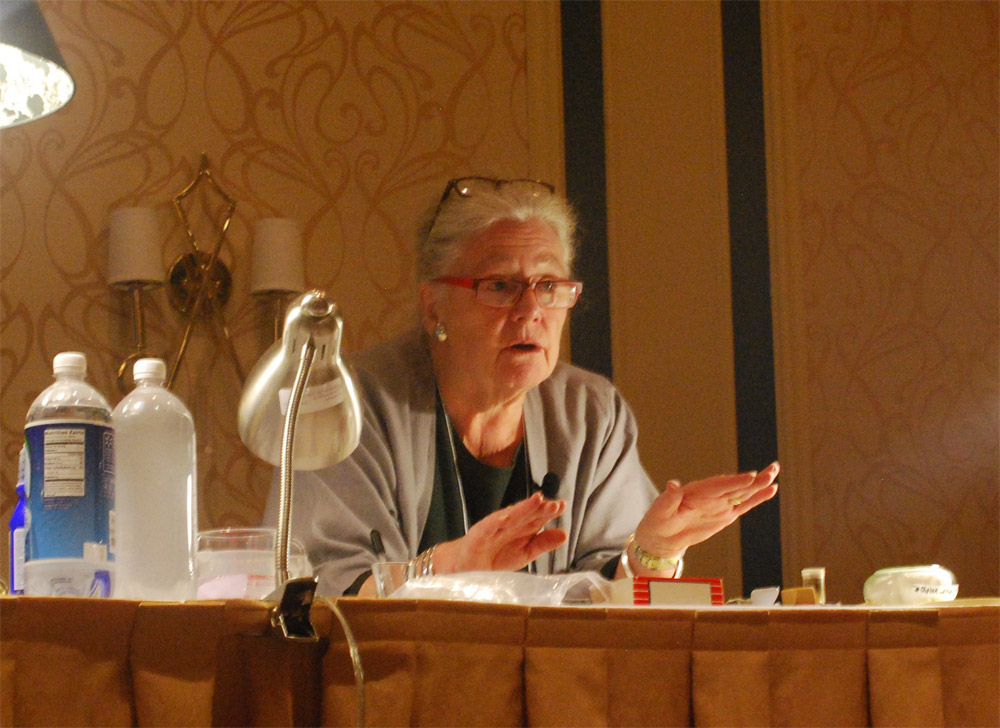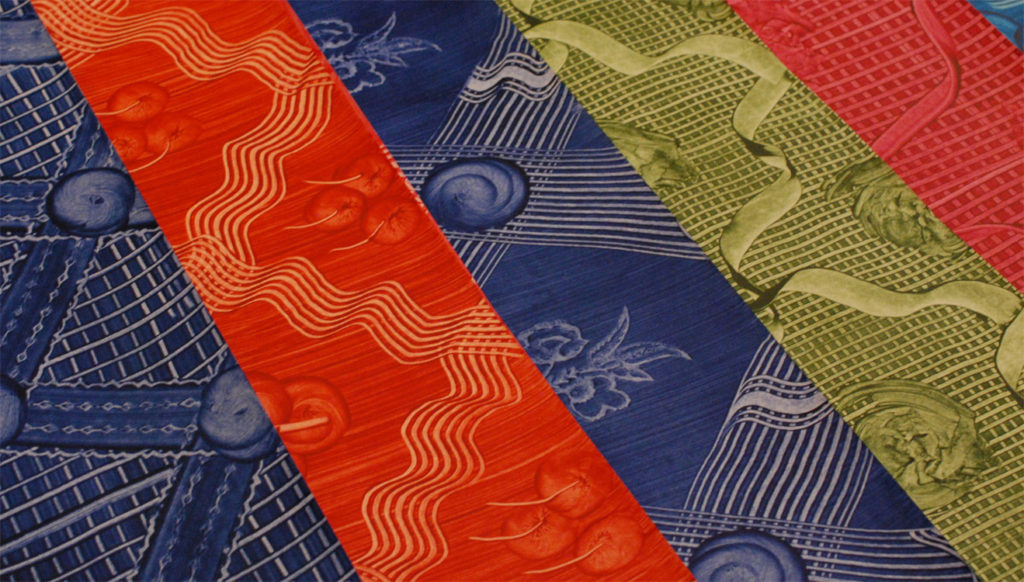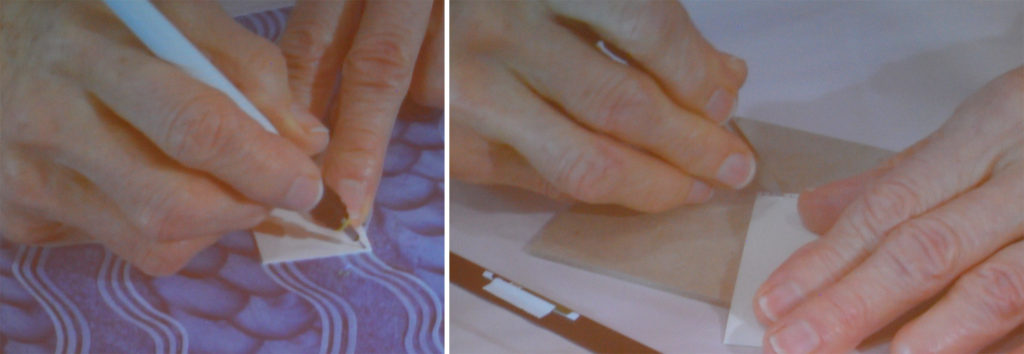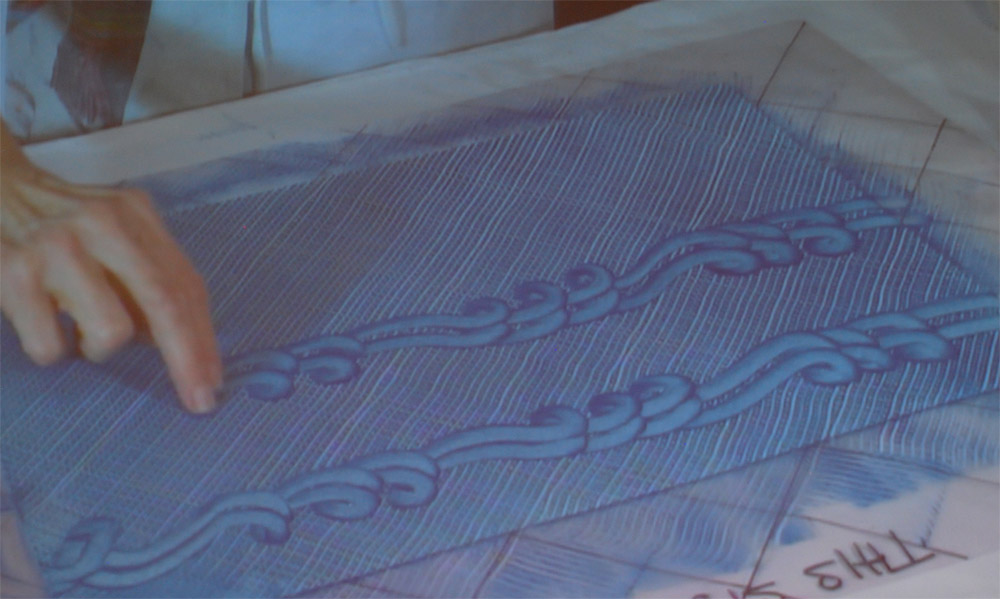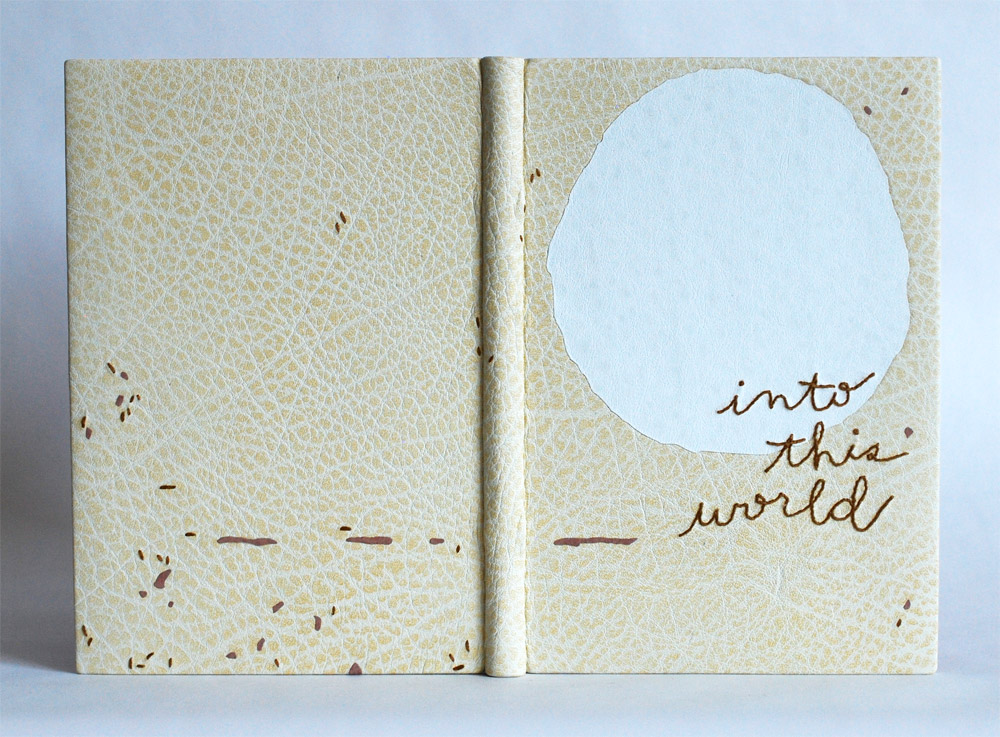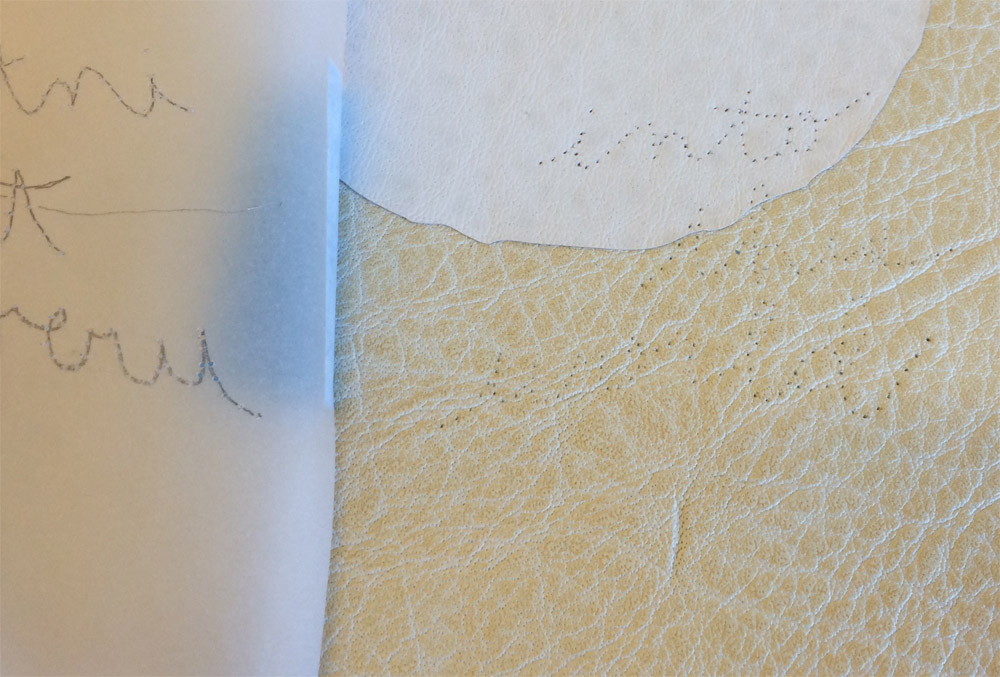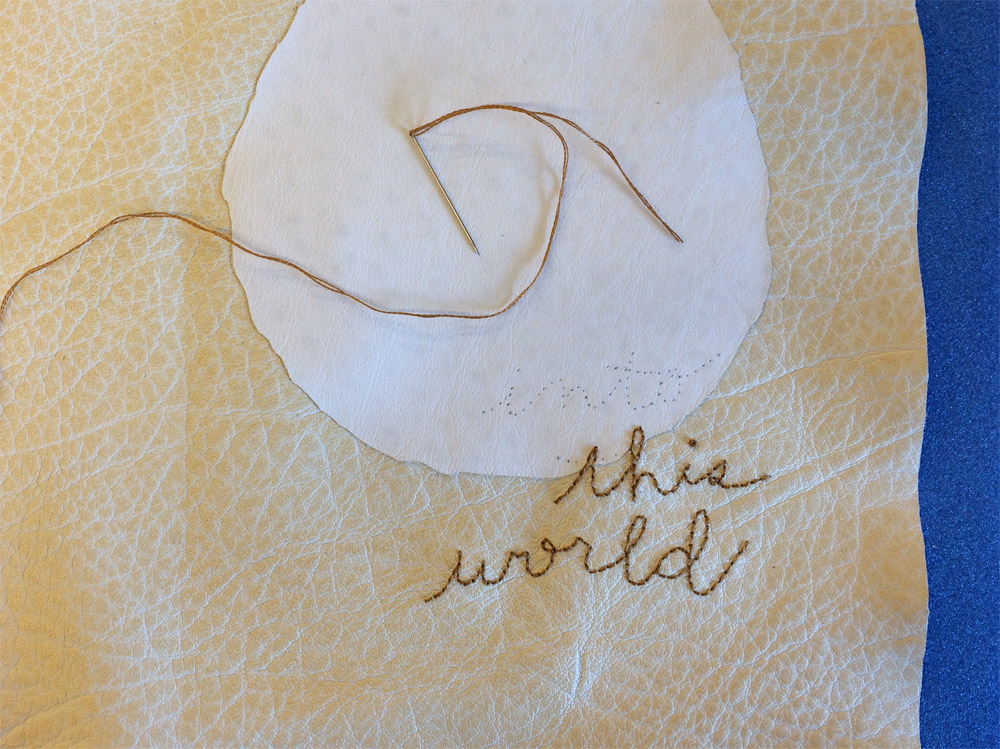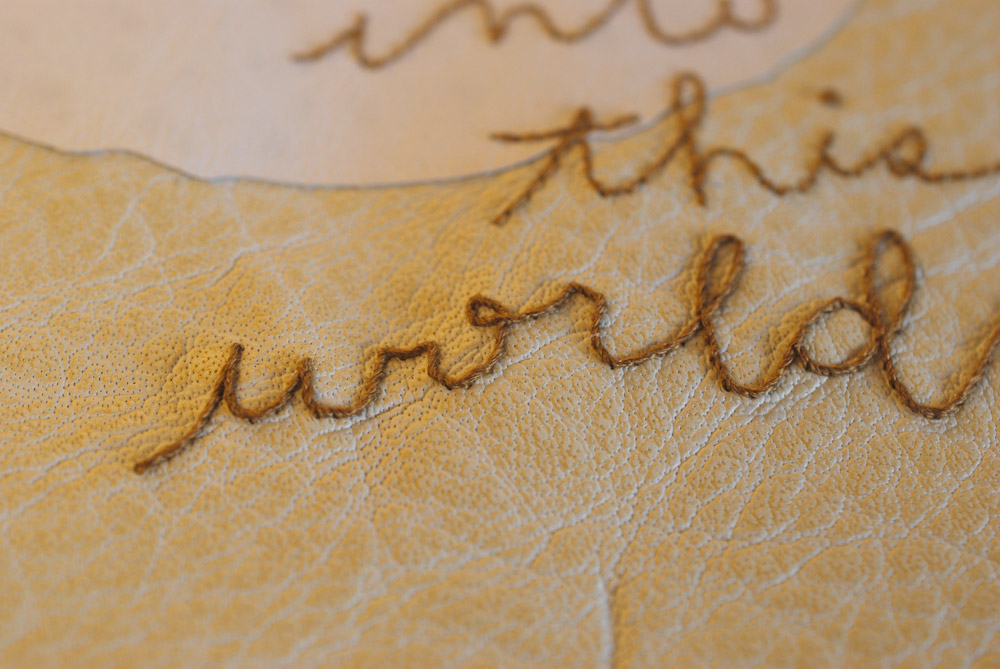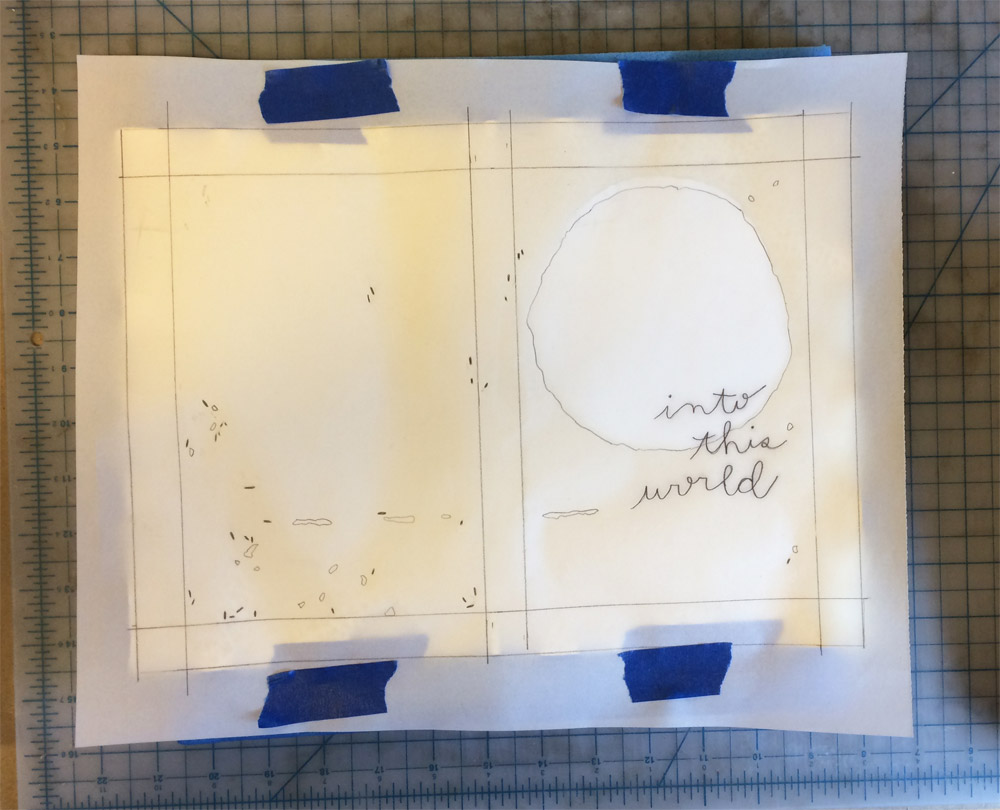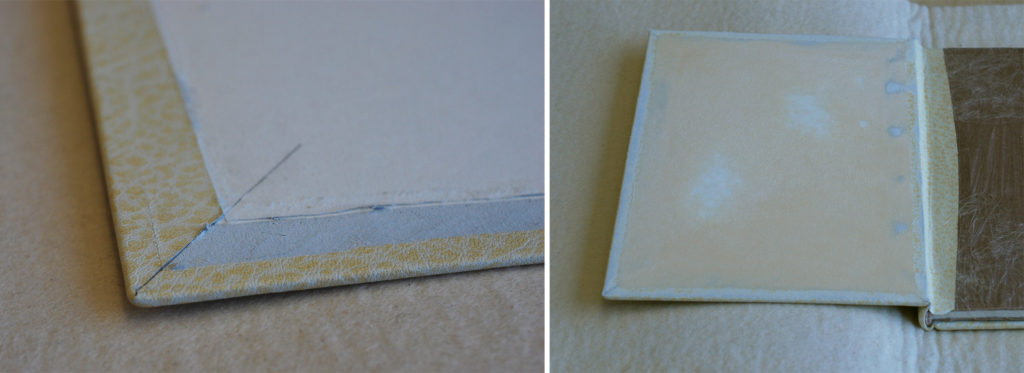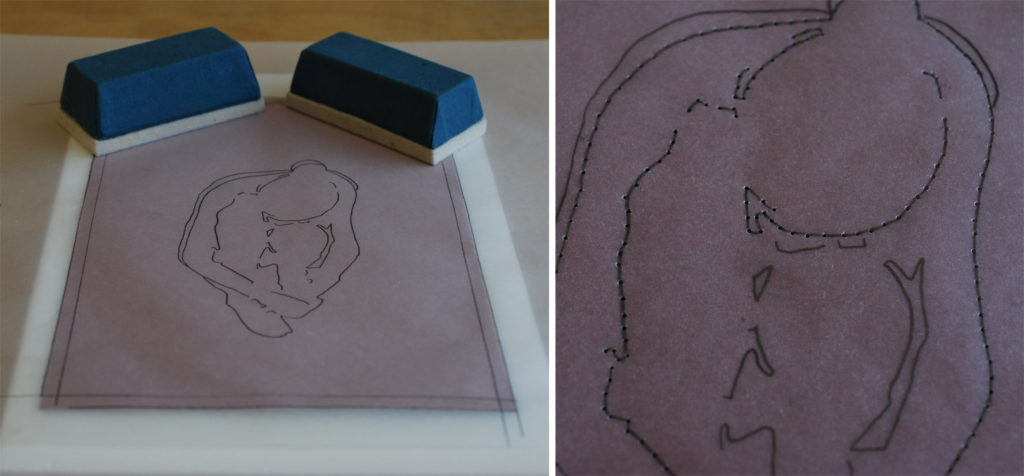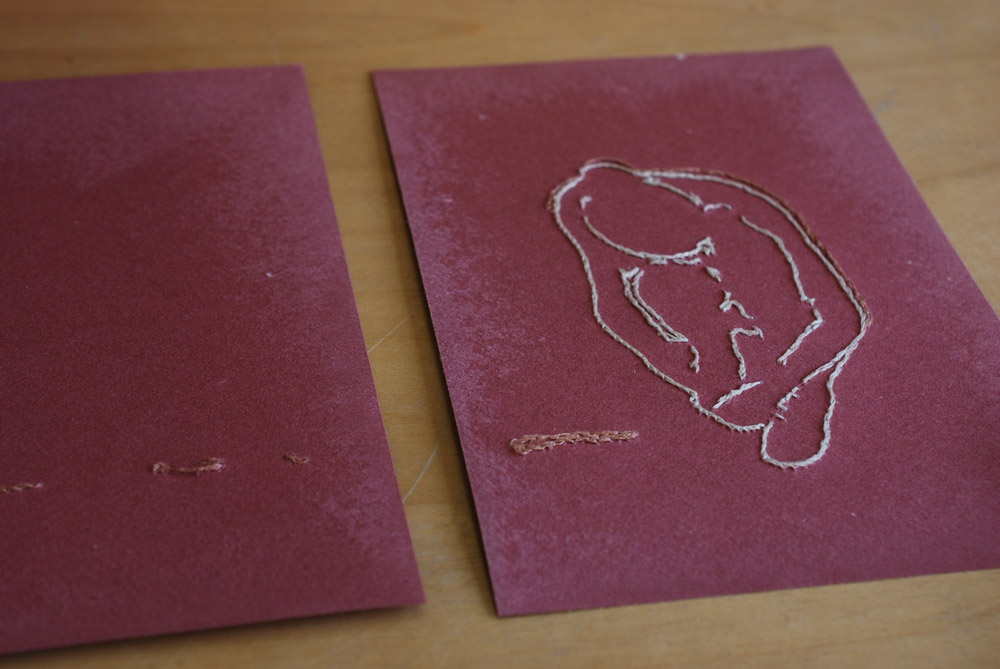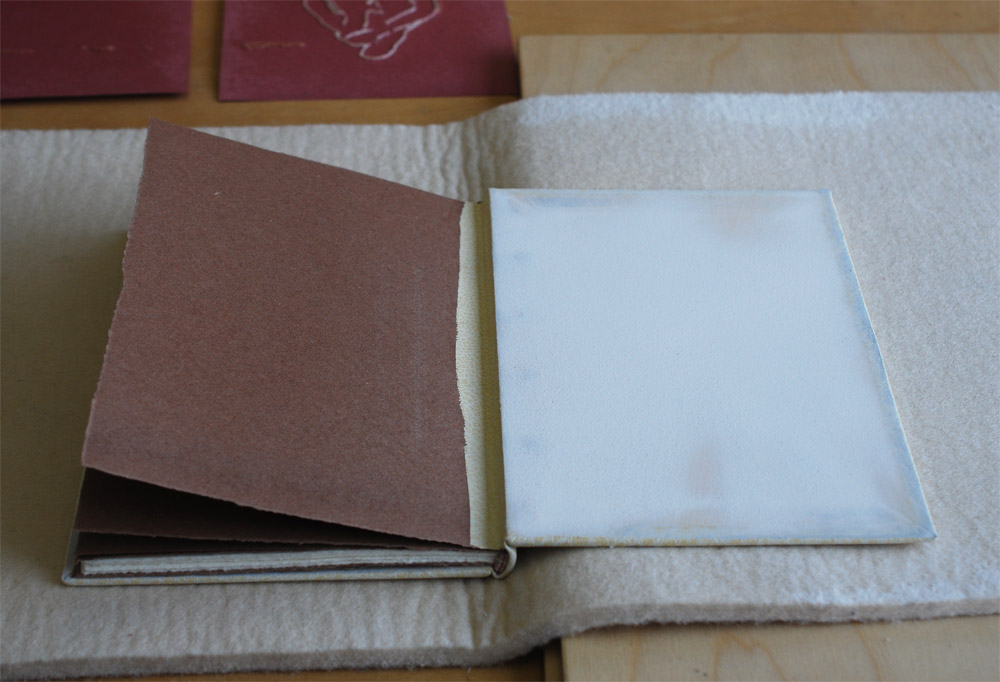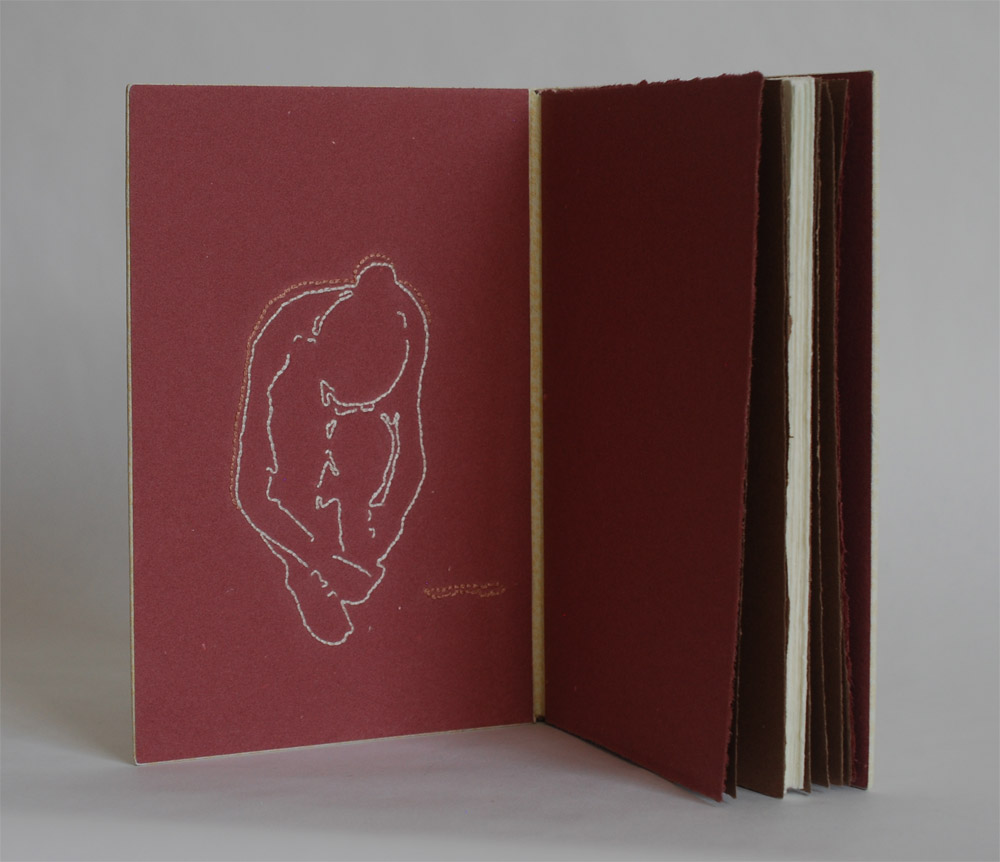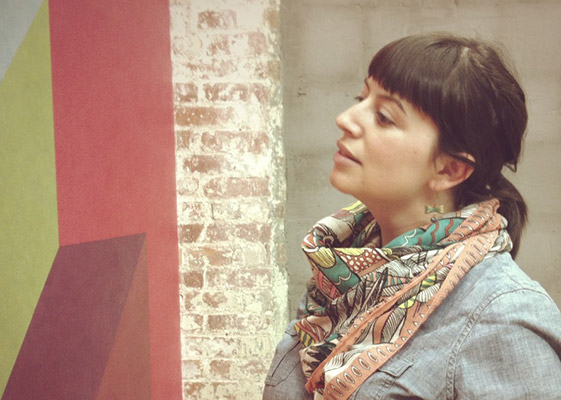1. A group of astronomers and physicists at the University of Texas have banded together to attempt to place Sappho at the time that she wrote her poem Midnight Poem. Existing on fragments of papyrus, the verse references the position of the moon and the visibility of Pleiades, giving clues to what time of year she may have wrote this piece of work.
2. Considered to be the first modern artist’s book, Depero Futurista (known as “The Bolted Book”) was published in 1927 by the Italian Futurist Fortunato Depero. Less than a thousand were produced at the time and copies of it are extremely difficult to find today. The Museum of Modern and Contemporary Art of Trento and Rovereto (home to the Depero archives) and the Center for Italian Modern Art have a launched a Kickstarter campaign with Designers & Books to republish this groundbreaking piece of art.
3. The original stuffed animals that inspired A.A. Milne to write Winnie-the-Pooh became part of the collection at the New York Public Library in 1987. Over the past year, the animals underwent a transformation in the conservation department. They have been beautifully restored and are now back on displayed.
4. I’m really digging the work of Rachel Beach, in particular the hand-painted hands.
5. I’m loving these portraits by Chambers Austelle.
6. Cosmic Animal Gloves by Bunnie Reiss. A painter who transforms something old into something so stunning!
7. Marra is a dying language; an estimated 90 percent of indigenous languages in Australia are now endangered. In as little as 10 minutes, you can learn part of a dying culture through My Grandmother’s Lingo, an interactive animation. Narrated by Angelina Joshua, rediscover her grandmother’s language through voice-activated interactions.
8. Centaur turns one hundred: In 1915, Bruce Rogers designed Centaur after a 15th century typeface designed by Nicolas Jenson. We stock Centaur in our studio for its pure elegance and grace, so happy to celebrate its subtle contribution to the world.
9. Chie Hitotsuyama is a Japanese paper artist, who creates these magnificent realistic sculptures of animals out of rolled up strips of wet newspaper. It’s quite stunning.
10. Want to stand alone in a mirrored room filled with thousands of tiny lights for a full minute? Well, now you can (or at least until October 2017). On view at The Broad is Yayoi Kusama’s piece Infinity Mirrored Room. Oh, how I would love to make a trip to Los Angeles to experience this!
